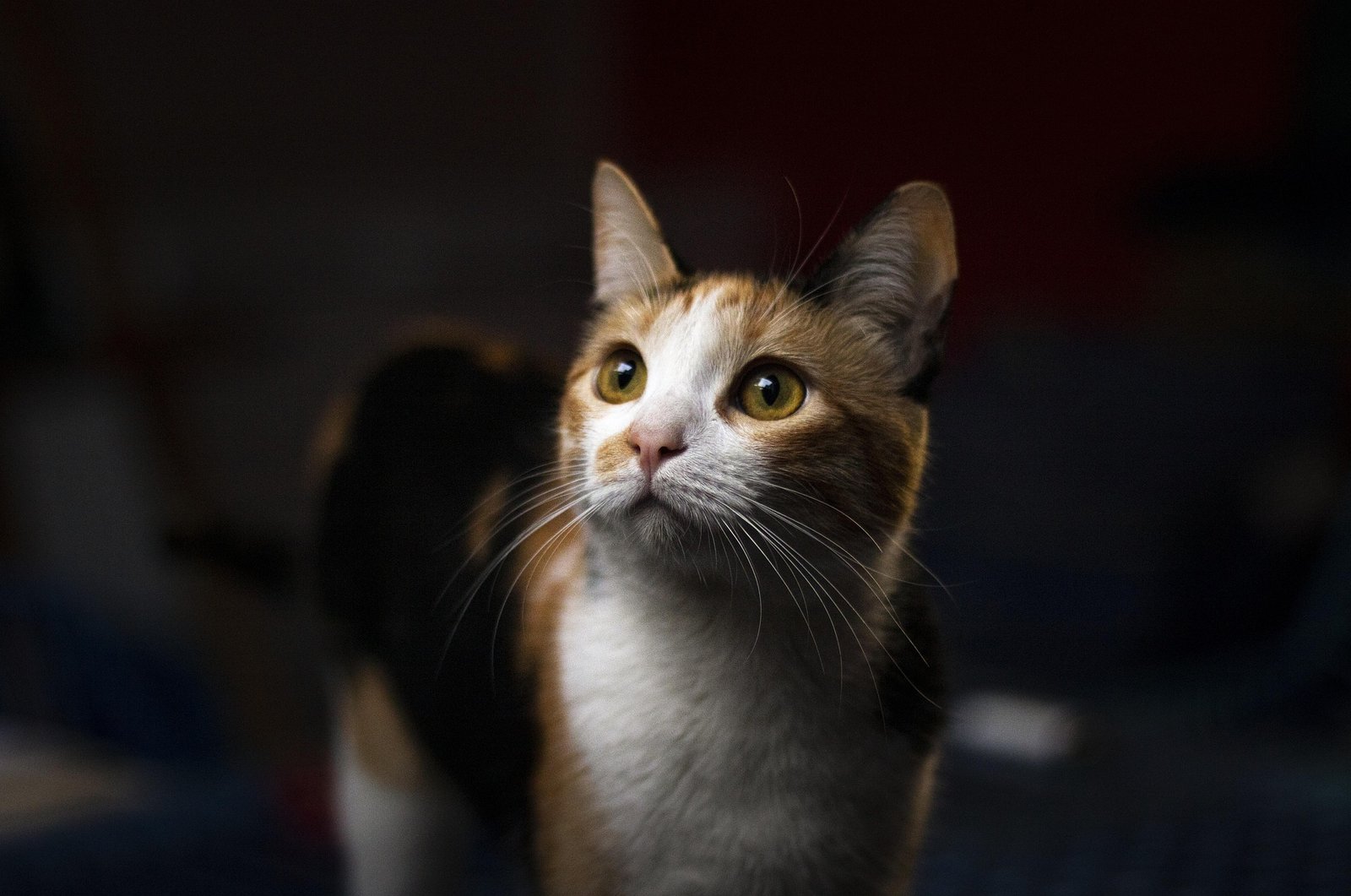Cats are fascinating creatures, full of mystery and charm. While their behaviors can sometimes seem puzzling, each action carries a deeper meaning. Understanding these quirks can help you connect better with your feline friend. Here’s a closer look at some common cat behaviors and what they might be trying to tell you.
Why Cats Knead You
Have you ever noticed your cat pressing their paws into your lap or a soft blanket? This behavior, known as kneading, stems from kittenhood. Kittens knead their mother’s belly to stimulate milk flow. As adults, cats continue this behavior when they feel happy or relaxed. It’s their way of showing comfort and trust in your presence.
The Mystery of Catnip
Catnip is like a feline party starter. This leafy herb contains nepetalactone, a compound that triggers a euphoric response in cats. They may roll around, meow, or act playful for about 10 minutes. Interestingly, catnip affects big cats like lions and tigers too! It’s a safe way to give your cat a little excitement, but moderation is key.
Why Cats Knock Things Over
If your cat has ever swiped a cup off the table, you’re not alone. This behavior is often a mix of curiosity and playfulness. In the wild, cats bat at their prey to practice hunting. At home, they might be bored or simply seeking your attention. Providing toys and interactive playtime can help curb this habit.
The Slow Blink: A Cat’s “I Love You”
Cats communicate a lot through their eyes. A slow blink from your cat is their way of saying, “I trust you” or “I love you.” It’s a sign of affection and comfort. Try slow-blinking back at your cat to strengthen your bond.
Why Cats Sleep in Weird Places
From sinks to cardboard boxes, cats have a knack for choosing odd sleeping spots. These tight, enclosed spaces make them feel safe and secure. It’s an instinct leftover from their wild ancestors, who sought shelter in small, hidden areas to avoid predators.
The Tail Tells All
A cat’s tail is like a mood barometer. A swishing tail often means they’re annoyed or overstimulated, while a twitching tail indicates curiosity. If your cat’s tail is puffed up, they’re likely scared or agitated. Paying attention to their tail can help you understand their emotions better.
Why Cats Bring You “Gifts”
Finding a dead mouse or bird at your feet might not be pleasant, but it’s a sign of love from your cat. In the wild, mother cats bring prey to their kittens. By gifting you their “catch,” your cat is showing they see you as part of their family.
The Nighttime Howls
If your cat wakes you up with loud meows at night, they might be bored or restless. Cats are naturally more active during dawn and dusk. To reduce nighttime antics, try engaging them in play during the day to tire them out.
Why Cats Chew on Plastic
Chewing on non-food items like plastic can be a sign of stress, boredom, or even a nutritional deficiency. This behavior, known as pica, can be harmful if ingested. If your cat frequently chews on strange objects, consult your vet to rule out underlying issues.
The Belly Pouch Mystery
That saggy flap of skin on your cat’s belly isn’t just extra weight—it’s called the primordial pouch. This unique feature protects their organs during fights, allows for greater flexibility, and even stores extra food. It’s a natural part of their anatomy, especially in certain breeds.
Why Cats Follow You Everywhere
Cats may seem independent, but they often crave companionship. If your cat follows you around, it’s a sign they feel safe and connected to you. They might even follow you into the bathroom, seeking comfort or simply satisfying their curiosity.
The Power of Purring
Purring is one of the most soothing sounds a cat makes, but it’s not always about happiness. Cats also purr when they’re stressed, injured, or seeking comfort. The vibrations from purring can help them relax and even promote healing.
Why Cats Love High Places
Cats are natural climbers and love perching on high surfaces like shelves or windowsills. Being up high gives them a sense of security and allows them to survey their territory. Providing cat trees or shelves can satisfy this instinct.
When Cats Hide
If your cat suddenly starts hiding more than usual, it could be a sign of stress, illness, or even aging. Cats seek isolation when they feel vulnerable. Pay attention to any changes in behavior and consult your vet if needed.
The Playful Pounce
Cats often pounce on your feet or hands during play. This behavior mimics their hunting instincts. While it might seem aggressive, it’s usually just their way of having fun. Redirect this energy with toys to avoid accidental scratches.
Why Cats Groom Excessively
While grooming is normal, excessive licking or biting can indicate stress, allergies, or skin issues. If your cat is over-grooming, it’s worth investigating the cause and consulting your vet.
The Curious Case of Cat Chatter
Have you ever heard your cat make a chattering sound while watching birds? This behavior is thought to be a mix of excitement and frustration. Some experts believe it’s a way for cats to practice their hunting skills.
When Cats Sleep on You
There’s nothing quite like the feeling of your cat curled up on your chest. This behavior shows they feel safe and comforted by your presence. It’s a heartwarming reminder of the bond you share.
Understanding your cat’s behaviors can deepen your connection and help you provide the best care for them. From kneading to purring, each action is a window into their unique personality. By paying attention to these quirks, you can ensure your feline friend feels loved, safe, and understood.


















